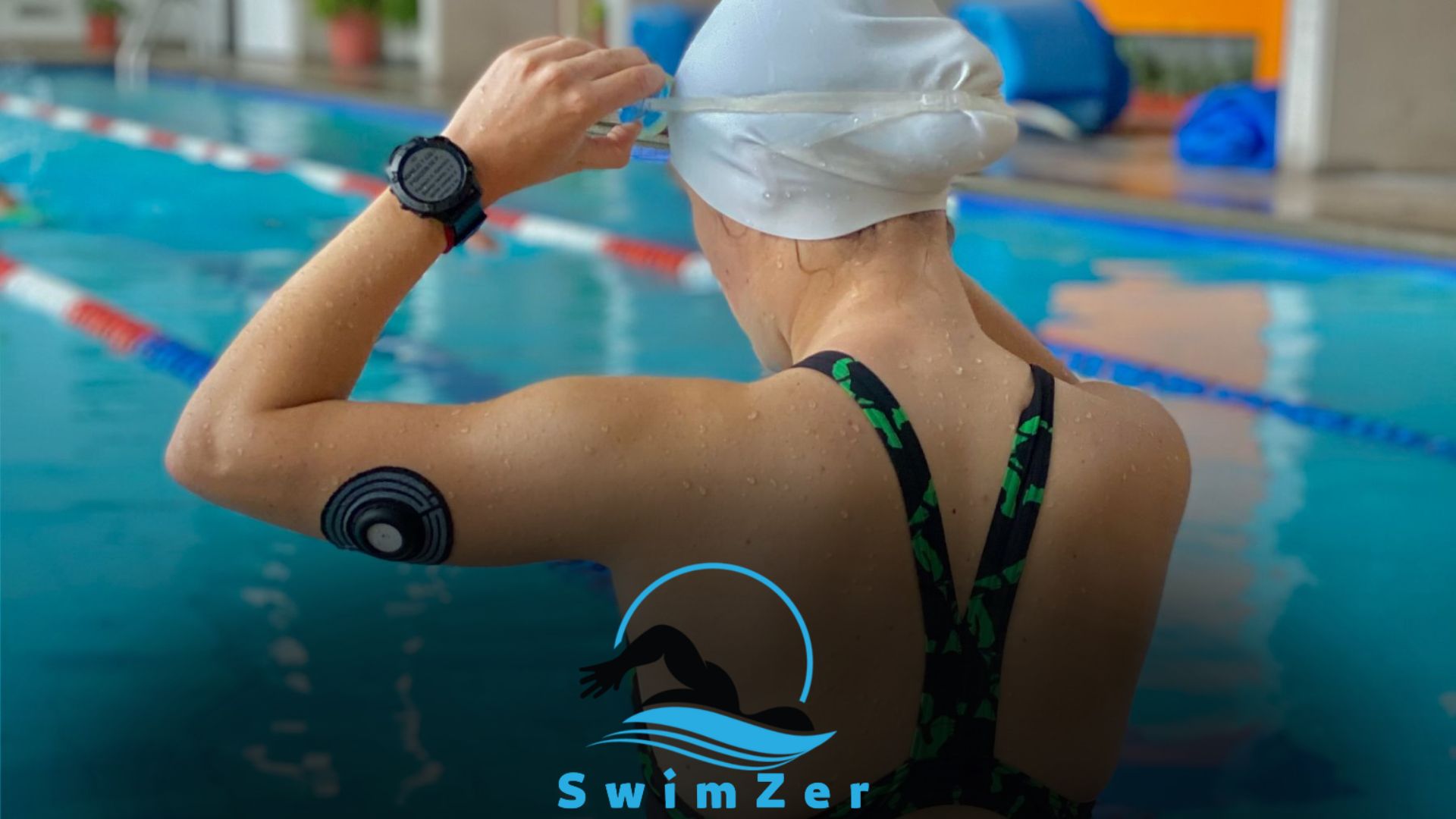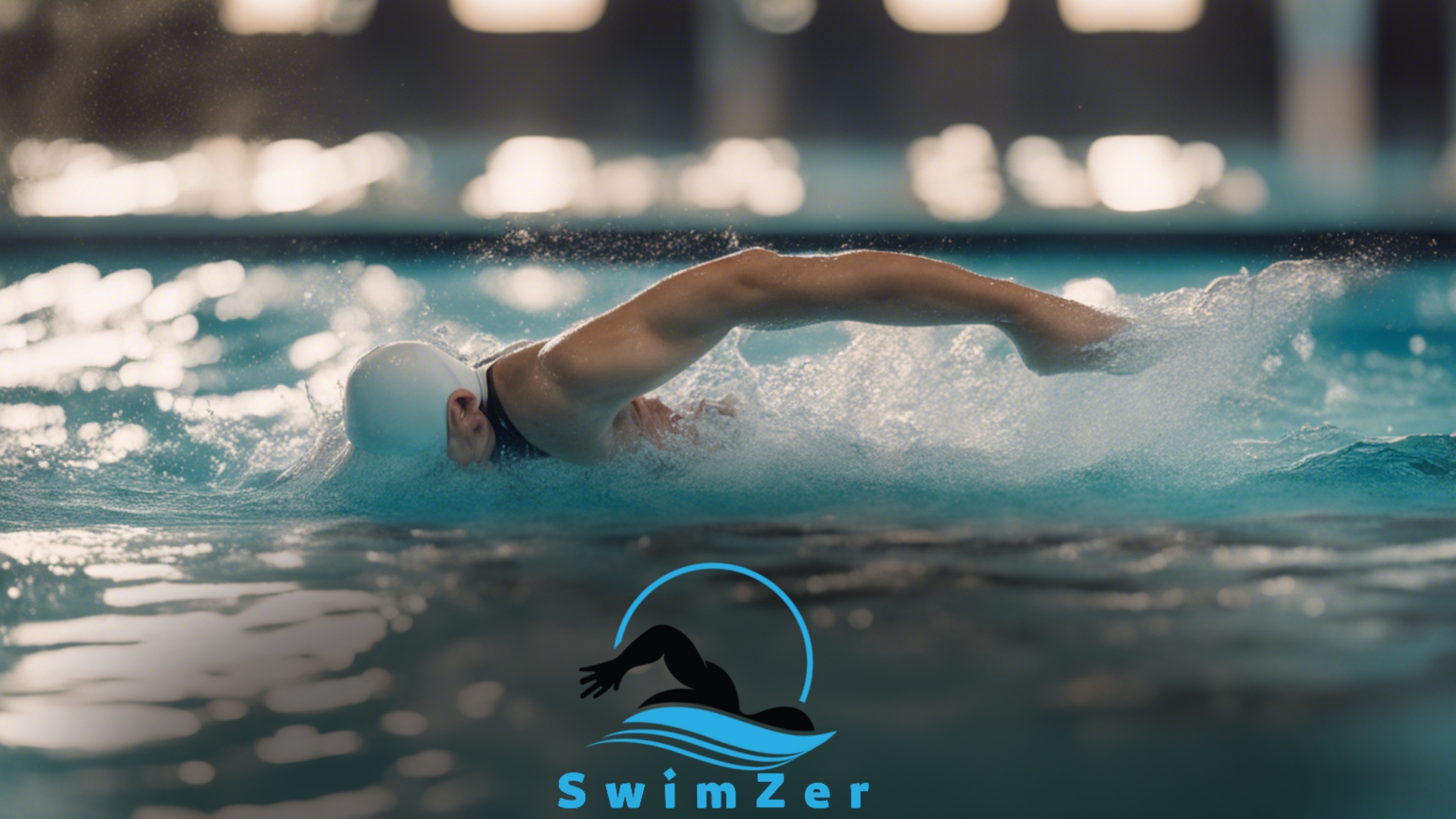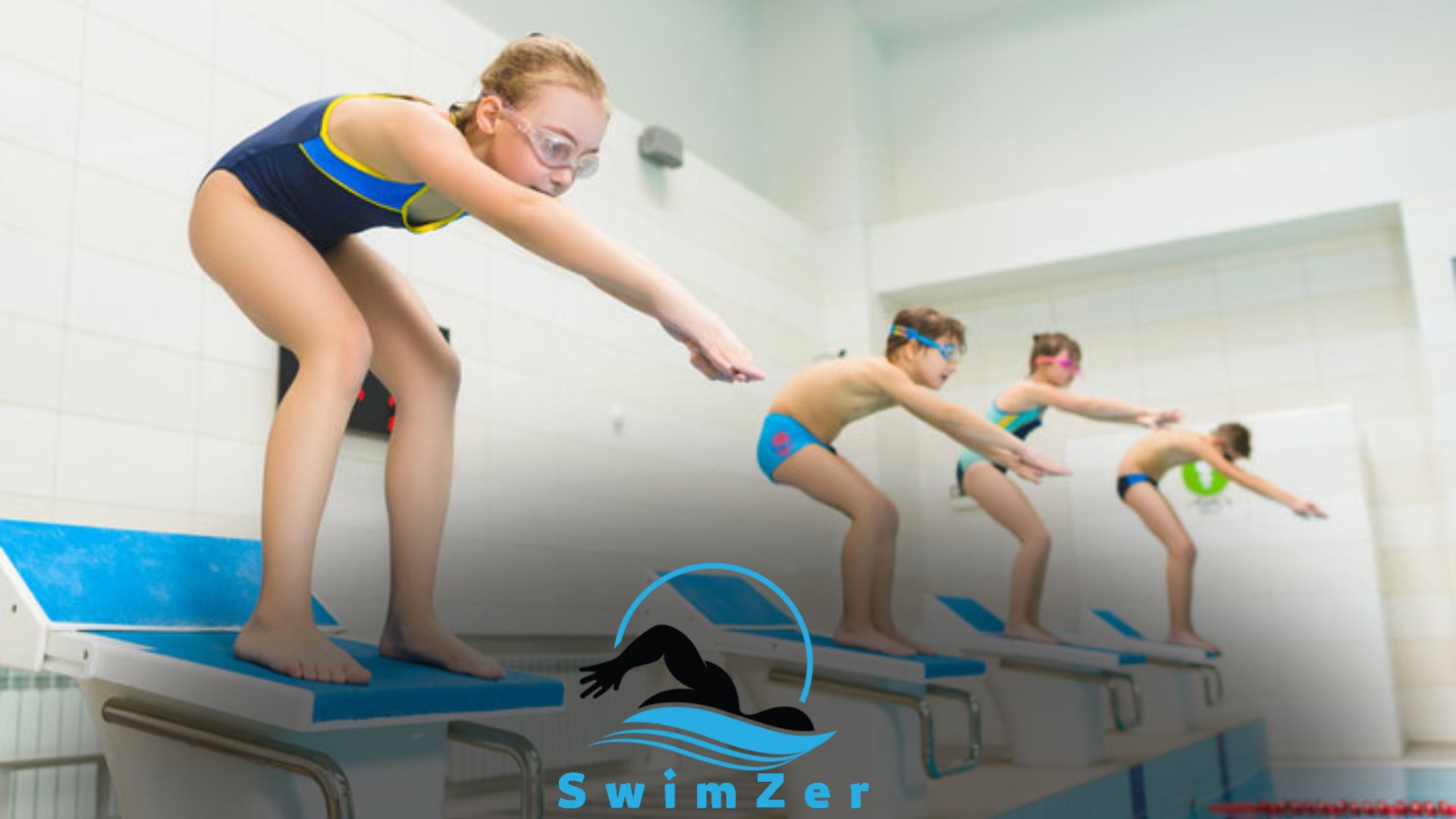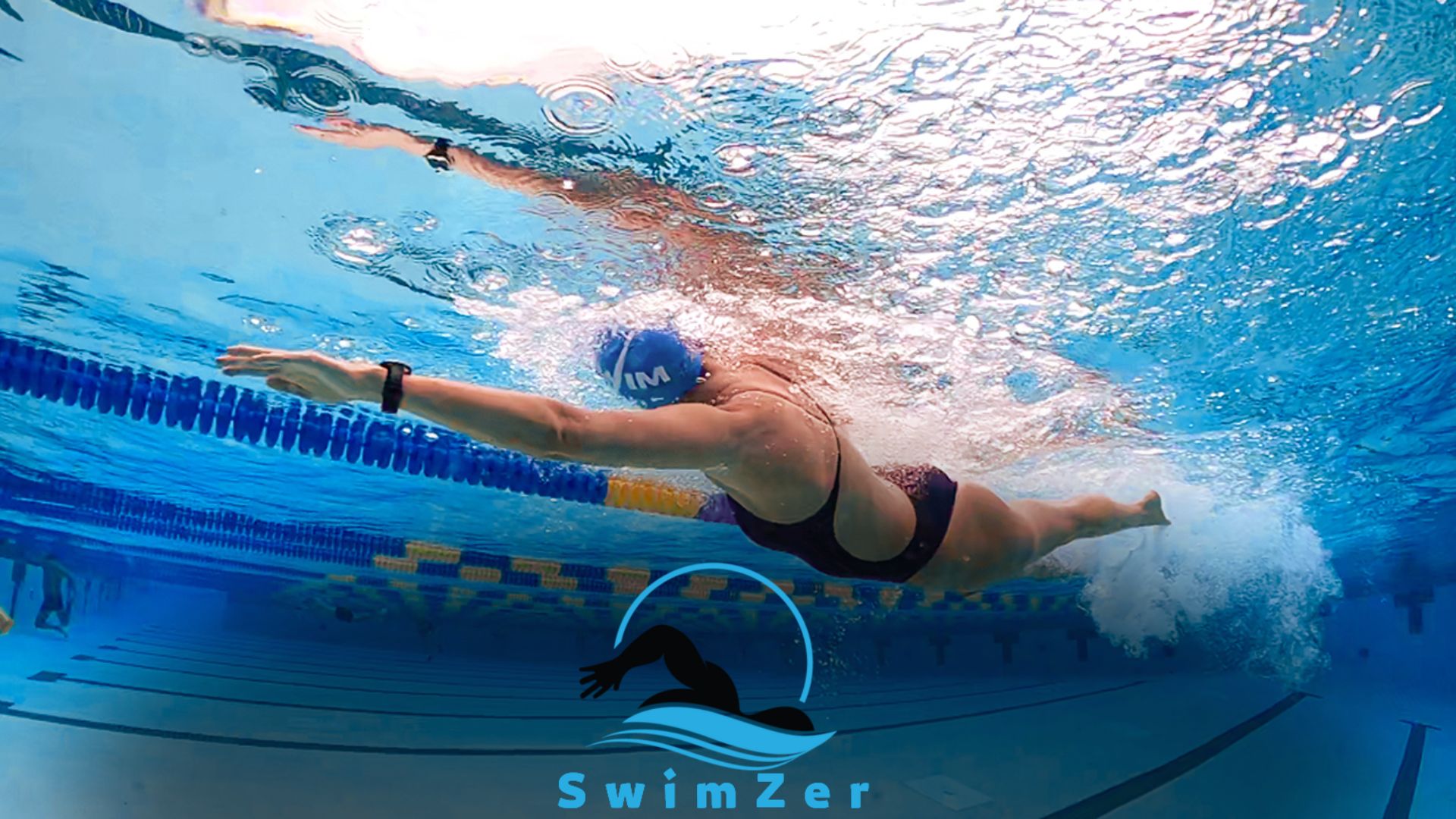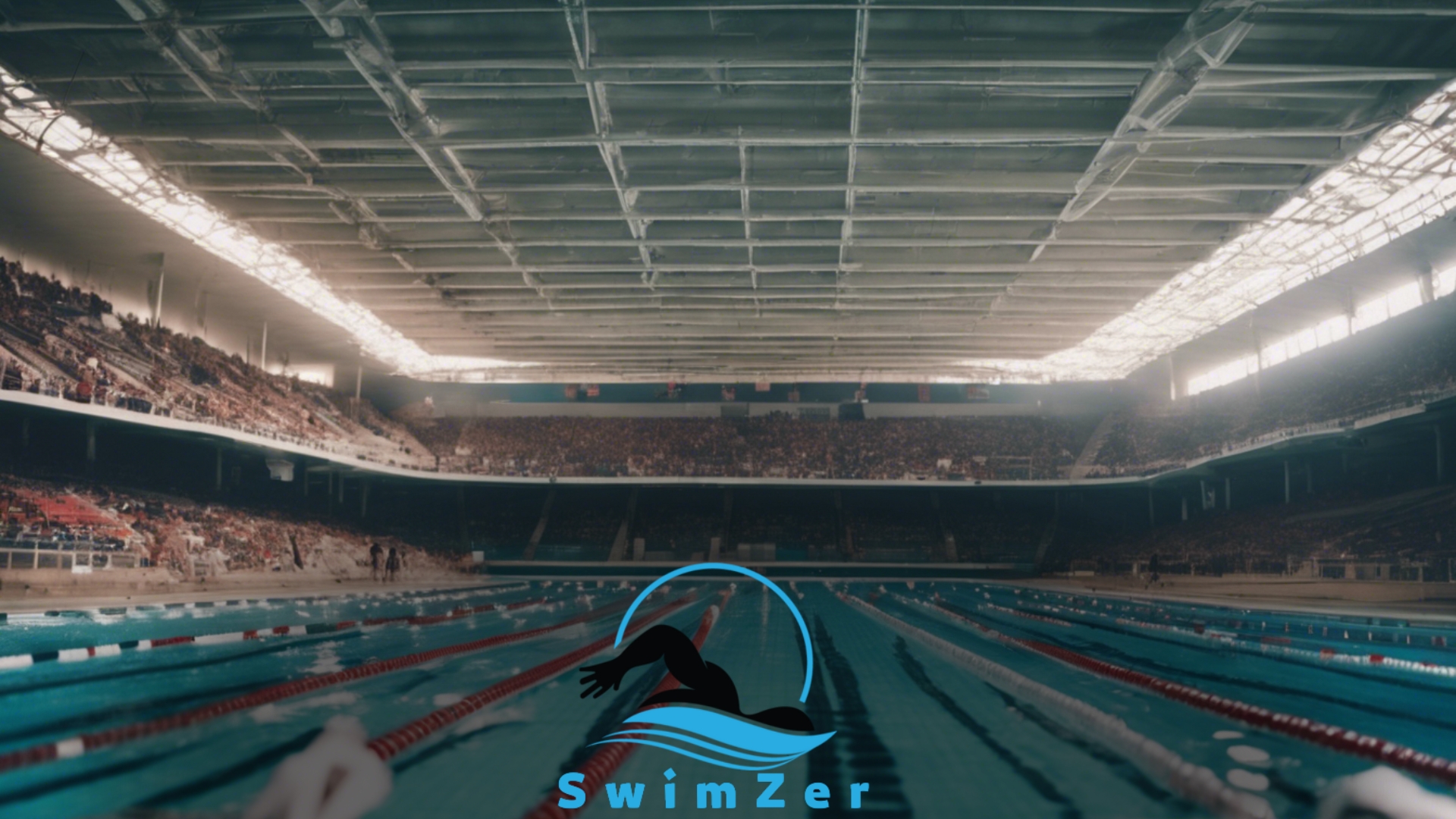Polyester swimwear is a good choice for swimming because it is durable and quick-drying. Made from synthetic fibers, it provides a comfortable fit and can withstand the harsh chlorine and saltwater environments typically found in pools and beaches.
With its lightweight and stretchable nature, polyester swimwear allows easy water movement while maintaining its shape over time. This type of swimwear also offers UV protection, making it ideal for outdoor activities.
Whether you’re a professional swimmer or simply enjoy water activities, polyester swimwear is a reliable option that combines functionality and style.
Is Polyester Swimwear Durable?
When choosing the right swimwear for your swimming sessions, durability is key. You want something that can withstand the harsh effects of chlorine and UV rays without losing shape or color.
Polyester swimwear has gained popularity for its durability and ability to withstand these challenges. Let’s dive deeper into the question: Is polyester swimwear durable?
Resistant to Chlorine and UV rays
Polyester swimwear excels in its resistance to chlorine and UV rays, making it a reliable choice for swimmers. The chlorine-treated water in most pools can be harsh on swimwear, causing it to deteriorate quickly.
However, polyester fabric is resistant to the damaging effects of chlorine, which helps prolong the lifespan of your swimwear.
Moreover, polyester swimwear provides excellent protection against harmful UV rays. Whether swimming outdoors or in a pool, the fabric acts as a barrier, shielding your skin from the sun’s harmful radiation.
Retention of Color and Shape
One of the advantages of polyester swimwear is its ability to retain color and shape even after prolonged use. The fabric’s inherent properties ensure that it doesn’t fade or lose its vibrant colors easily, even when exposed to chlorine and sunlight.
Additionally, polyester maintains its shape well, providing a snug and comfortable fit. Whether diving, swimming laps, or engaging in any other aquatic activity, polyester swimwear will stay in place, allowing you to move freely without constantly readjusting it.
Comparison With Other Swimwear Materials
It stands out in terms of durability compared to polyester swimwear and other materials. For example, when compared to nylon swimwear, polyester is generally more resistant to chlorine and offers better color retention.
Polyester swimwear is often more affordable than swimsuits made from alternative materials like neoprene or spandex.
However, it is worth considering that each material has advantages and disadvantages. For instance, while polyester may be more durable, it may not be as stretchy or form-fitting as a spandex swimsuit.
Therefore, it’s essential to consider your individual needs and preferences when choosing swimwear.
Assessing Polyester’s Fit and Comfort
The right fit and comfort are paramount when selecting the perfect swimwear for your water adventures. In this regard, polyester swimwear has gained popularity for its exceptional qualities.
Let’s explore why assessing polyester’s fit and comfort is crucial when choosing your swimming attire.
Elasticity and Material Give
One key factor contributing to the fit and comfort of polyester swimwear is its elasticity and material. Polyester fabric offers a certain amount of stretch, allowing it to conform to your body shape.
This elasticity ensures that the swimwear hugs your curves comfortably, giving you freedom of movement in the water. Additionally, the material polyester allows the swimwear to “bounce back” to its original shape after stretching, ensuring longevity and a consistently good fit. This makes polyester swimwear a reliable choice for those seeking flexibility and durability for their swimming activities.
Breathability and Quick Drying Properties
Another important aspect to consider when evaluating the fit and comfort of polyester swimwear is its breathability and quick-drying properties. Polyester fabric has a moisture-wicking ability, efficiently drawing sweat and moisture away from your body.
This aids in keeping you cool and comfortable during your swimming sessions. Moreover, polyester’s quick-drying nature enables the swimwear to dry rapidly once out of the water, reducing the risk of discomfort caused by prolonged dampness.
Whether participating in rigorous water sports or simply lounging by the pool, polyester swimwear can provide the desired comfort and ease of wear.
Suitability for Various Body Types
Inclusivity is key in swimwear; polyester’s fit caters to various body types. The elasticity of polyester allows it to adapt to different shapes and sizes, providing a snug yet comfortable fit for anyone.
Whether you have a petite frame, a curvy figure, or fall somewhere in between, polyester swimwear can offer a flattering silhouette that accentuates your best features. Its ability to mold to your body shape ensures that you can enjoy your swim without worrying about constantly readjusting your swimsuit.
Being able to confidently move in the water is essential for any swimmer, and polyester swimwear’s suitability for various body types ensures that everyone can find their perfect fit.
Polyester’s Impact on Swimmers’ Speed
Polyester swimwear enhances swimmers’ speed due to its low drag properties in the water. The sleek fabric creates less resistance, allowing for smoother and faster movements and improving performance.
Hydrophobic Nature and Water Resistance
Polyester swimwear significantly impacts swimmers’ speed due to its hydrophobic nature and excellent water resistance. The fabric’s inherent hydrophobic properties prevent it from absorbing water, ensuring swimmers stay light and agile.
Unlike other fabrics that tend to become cumbersome when wet, polyester swimwear allows swimmers to maintain their speed and efficiency throughout their swim.
Drag Reduction Compared to Other Fabrics
In addition to its water-resistant qualities, polyester swimwear offers superior drag reduction compared to other fabrics. The smooth and tight polyester weave minimizes friction against the water, allowing swimmers to glide effortlessly through the pool.
This decreased drag translates to increased speed, making polyester swimwear a top choice for competitive swimmers seeking to maximize their performance.
Use By Professional Swimmers and Athletes
Professional swimmers and athletes also favor polyester swimwear for its ability to enhance speed. Polyester’s hydrodynamic properties and drag-reducing qualities allow athletes to shave off precious seconds from their lap times.
Whether it’s a sprint or long-distance race, polyester swimwear provides the necessary edge for swimmers to reach their full potential in the water.
In summary
the impact of polyester swimwear on swimmers’ speed is undeniable. Its hydrophobic nature and water resistance keep swimmers light and agile, while the drag reduction properties enhance their overall speed in the water.
It’s no wonder that professional swimmers and athletes rely on polyester swimwear to gain that competitive edge. So, consider investing in high-quality polyester swimwear to optimize your swimming performance and speed.
Maintenance of Polyester Swimming Gear

Polyester swimwear is excellent for swimming due to its durability and chlorine resistance. To maintain it, rinse it after each use, avoid wringing, and air dry it away from direct sunlight. Use mild detergent and avoid fabric softeners to ensure its longevity.
Washing and Drying Best Practices
Proper care and maintenance of your polyester swimwear are essential to ensure its longevity and optimal performance in the water. By following these washing and drying best practices, you can keep your swim gear looking and feeling its best:
- Handwashing: Regarding polyester swimwear, handwashing is generally recommended over machine washing. Fill a basin or sink with lukewarm water and add a small amount of mild detergent. Gently agitate the swimwear for a few minutes, paying extra attention to any soiled areas or stains.
- Rinsing: After washing, thoroughly rinse the swimwear with cold water to remove all detergent. Residue from soap or detergent can irritate the skin and affect the fabric’s durability.
- Avoiding harsh chemicals: While polyester is a durable fabric, it is still susceptible to damage from harsh chemicals. Avoid using bleach, fabric softeners, or similar products, as they can weaken the fibers and cause discoloration.
- Drying: To dry your polyester swimwear, lay it flat on a clean and dry towel. Gently roll up the towel, starting from one end, to soak up excess water. Avoid wringing or twisting the swimwear, as this can cause stretching or damage to the fabric.
- Avoid direct sunlight: It’s best to avoid drying your polyester swimwear in direct sunlight, as prolonged exposure to UV rays can cause fading or discoloration. Instead, find a shaded or well-ventilated area to let it air dry naturally.
Long-term Care to Prolong Lifespan
To ensure your polyester swimwear remains in great condition over the long term, here are some additional care tips to keep in mind:
- Alternate swimsuits: Rotating multiple sets of swimwear can help prolong the lifespan of each piece. This allows for proper drying time and reduces the wear and tear that comes with frequent use.
- Avoid rough surfaces: Be cautious of surfaces such as concrete or pool edges when swimming. These can cause friction and lead to pilling, snagging, or tearing of your swimwear. Taking care to avoid contact with sharp objects will also help prevent damage.
- Zipper care: If your polyester swimwear features a zipper, take care when zipping and unzipping to prevent snags or breakage. Ensure the zipper is fully closed before washing or storing the garment.
- Proper storage: After each use, rinse your swimwear with cold water and gently squeeze out excess moisture. Store it flat in a cool, dry place away from direct sunlight to prevent unnecessary stretching or fading.
- Regular inspection: Periodically inspect your swimwear for signs of wear and tear. Check for loose threads, stretched elastic, or any other signs of damage. Addressing these issues early on can prevent further damage and extend the lifespan of your swim gear.
Environmental Factors Affecting Wear and Tear
While polyester swimwear is designed to withstand the rigors of swimming, environmental factors can still impact its durability and longevity. Here are a few factors to consider:
| Factors | Impact on Swimwear |
|---|---|
| Chlorine | Extended exposure to chlorine can cause the fabric to fade and weaken the fibers. Rinse your swimwear with cold water immediately after swimming in chlorinated pools to minimize this effect. |
| Seawater | Seawater contains salt, which can gradually deteriorate the fabric and cause discoloration. Rinse your swimwear with cold water after swimming in the ocean to remove any salt residue. |
| Sunlight | Direct sunlight can fade the colors of your swimwear over time. Whenever possible, seek shade or use appropriate swimwear accessories, such as rash guards or cover-ups, to protect your swim gear from excessive sun exposure. |
By being mindful of these environmental factors and taking proper care of your polyester swimwear, you can ensure it remains in excellent condition, allowing you to enjoy many more swims and water activities in style and comfort.
Is Polyester Swimwear Sustainable?
Polyester swimwear is a popular choice for swimming due to its durability and quick-drying properties. However, regarding sustainability, polyester is not the most environmentally friendly option, as it is made from non-renewable resources and contributes to microplastic pollution in our oceans.
When choosing swimwear, many people opt for polyester as it offers several benefits, such as durability, quick-drying properties, and resistance to chlorine. However, one important aspect that often gets overlooked is its sustainability.
In this section, we will explore the environmental impact of polyester production, the health implications of synthetic fabrics, and alternatives for eco-conscious swimmers.
Environmental Impact of Polyester Production
Polyester production is known to have a significant environmental impact. The process of manufacturing polyester involves the use of petrochemicals, which emit greenhouse gases and contribute to air pollution.
Additionally, extracting raw materials, such as crude oil, for polyester production further depletes natural resources.
Moreover, producing polyester requires a substantial amount of energy and water. It is estimated that the water footprint of polyester is almost three times higher than cotton’s.
The release of wastewater containing harmful chemicals during the dyeing and finishing processes also threatens aquatic ecosystems.
Health Implications of Synthetic Fabrics
While polyester swimwear may offer comfort and ease of movement, it is important to consider the potential health implications of wearing synthetic fabrics.
Polyester is a synthetic material that does not allow the skin to breathe easily, trapping sweat and moisture against the body. This can create a breeding ground for bacteria, leading to unpleasant odors and skin irritations.
Furthermore, synthetic fabrics like polyester often contain chemical additives such as formaldehyde and phthalates, which are linked to various health concerns. These chemicals can cause skin allergies, respiratory issues, and even disrupt the hormonal balance in the body.
Alternatives for Eco-conscious Swimmers
Fortunately, alternatives are available for eco-conscious swimmers who want to minimize the environmental impact of their swimwear choices. Here are some sustainable options to consider:
- Recycled polyester: Opt for swimwear from recycled polyester created by repurposing plastic waste, such as bottles and fishing nets. This helps reduce the consumption of virgin materials and decreases the amount of plastic ending up in landfills and oceans.
- Organic cotton: Choose swimwear made from organic cotton, which is grown without harmful pesticides and requires less water than conventional cotton. Organic cotton is biodegradable and has a lower impact on the environment.
Additionally, consider supporting brands that prioritize sustainability and ethical production practices. Look for certifications such as GOTS (Global Organic Textile Standard) and Oeko-Tex Standard 100, which ensure that the swimwear is manufactured using environmentally friendly processes and materials.
By making conscious choices and opting for sustainable swimwear options, you can contribute to protecting the environment and your health while enjoying your swimming activities.
Conclusion
Polyester swimwear offers numerous benefits for swimming enthusiasts. Its quick-drying nature and durability make it an excellent choice for long-lasting swimwear. Additionally, the fabric’s resistance to chlorine and fading ensures it will retain its vibrant color even after multiple uses.
Comfortable and lightweight, polyester swimwear allows for optimal mobility in the water. So, whether you’re a casual swimmer or a professional athlete, polyester swimwear can provide the functionality and style you need for a great swimming experience.










